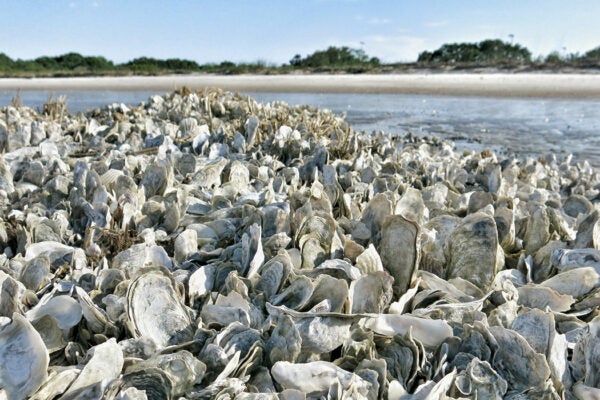Fossil fuels might get all the attention, but the recent discovery of a helium field in Tanzania reminds us of the other, less-heralded natural resources that we depend upon. These lesser-known resources are no less vital than energy reserves, but many are in dwindling supply, with complicated extraction processes. The Tanzanian find is a massive field where volcanoes have released the helium from ancient rocks and trapped it in shallow gas fields, drastically increasing global supply of helium.
Although most people think of helium as the gas we use to fill balloons, it has many other uses as well. During World War I, for instance, it was used to fill war dirigibles. In the 1960s, it became an important component of rocket fuel. In fact, liquid helium has become the coolant of choice in the computer age, and helium is vital for superconductors, which only function at extremely low temperatures. MRI machines, Maglev trains, and the Large Hadron Collider all depend on helium.
Nor is helium the only second string natural resource out there. Sand, which is used to make concrete, is also a finite resource. Most of the world’s construction sand is mined directly from the seafloor. Some of it is used for beach replenishment, a practice of dubious effectiveness, but the majority goes straight to the construction industry. The process is not benign. Sand mining has been shown to decrease both the diversity and abundance of fish through habitat destruction.
Weekly Newsletter
So as you survey humanity’s incredible technological achievements, take a moment to consider the resources that make them possible. Fossil fuels powered the industrial revolution but humbler resources such as sand and helium keep up momentum. We would do well to develop better reusing and recycling techniques for these materials. Easily accessible sand is decreasing, and the Tanzanian helium field, while huge, will supply the world for roughly seven years. Fortunately, it’s never too late to conserve.







